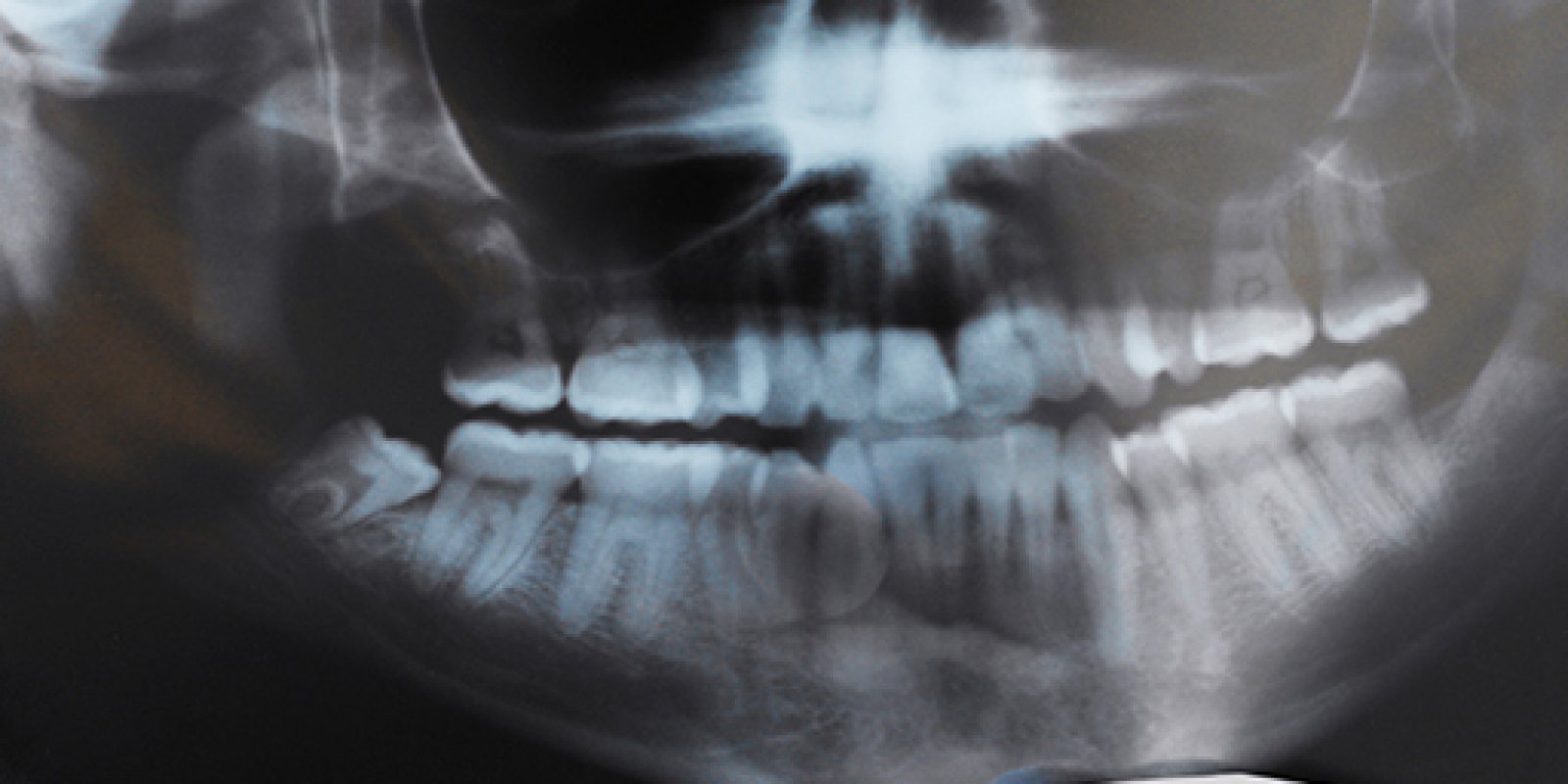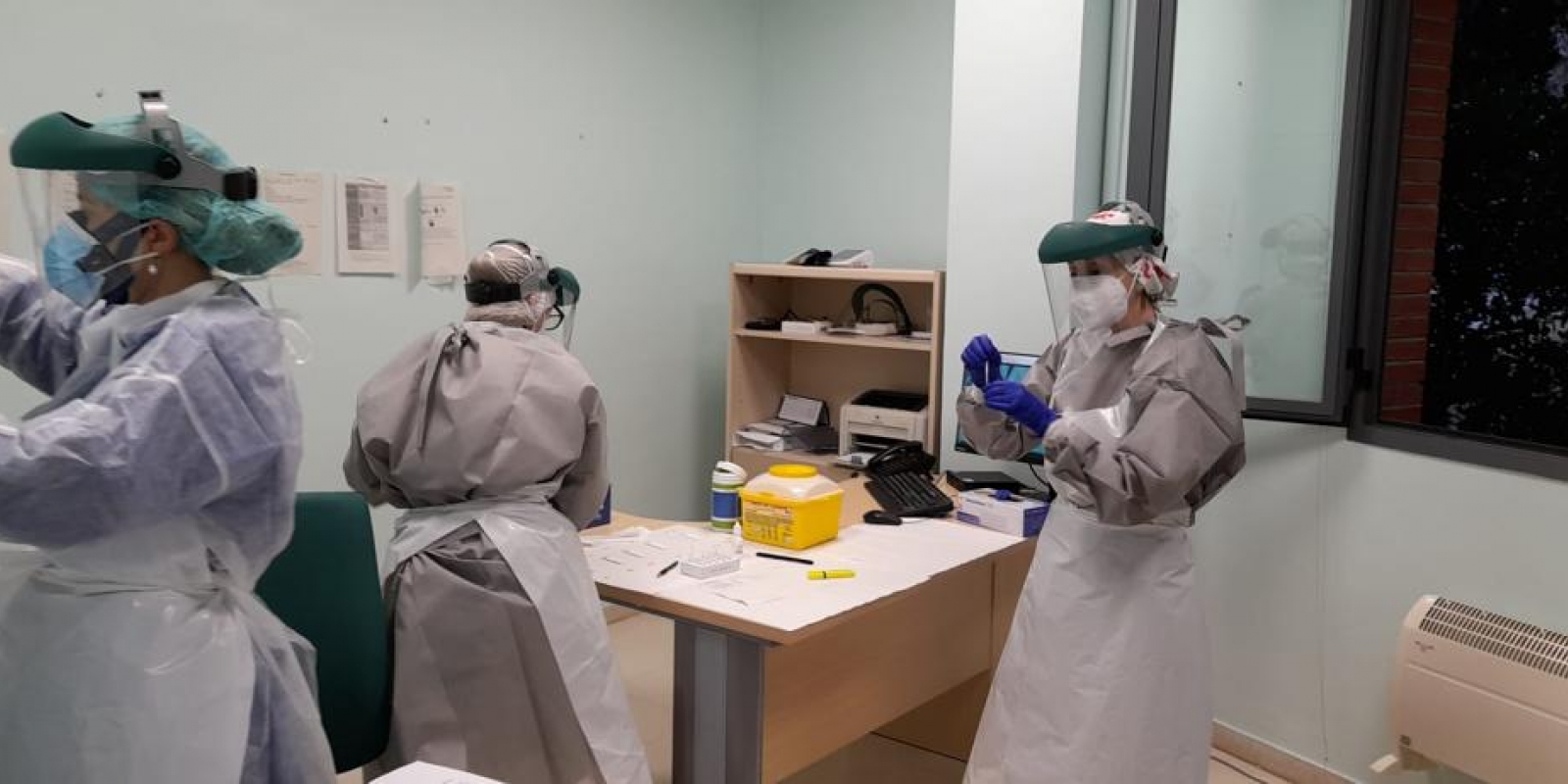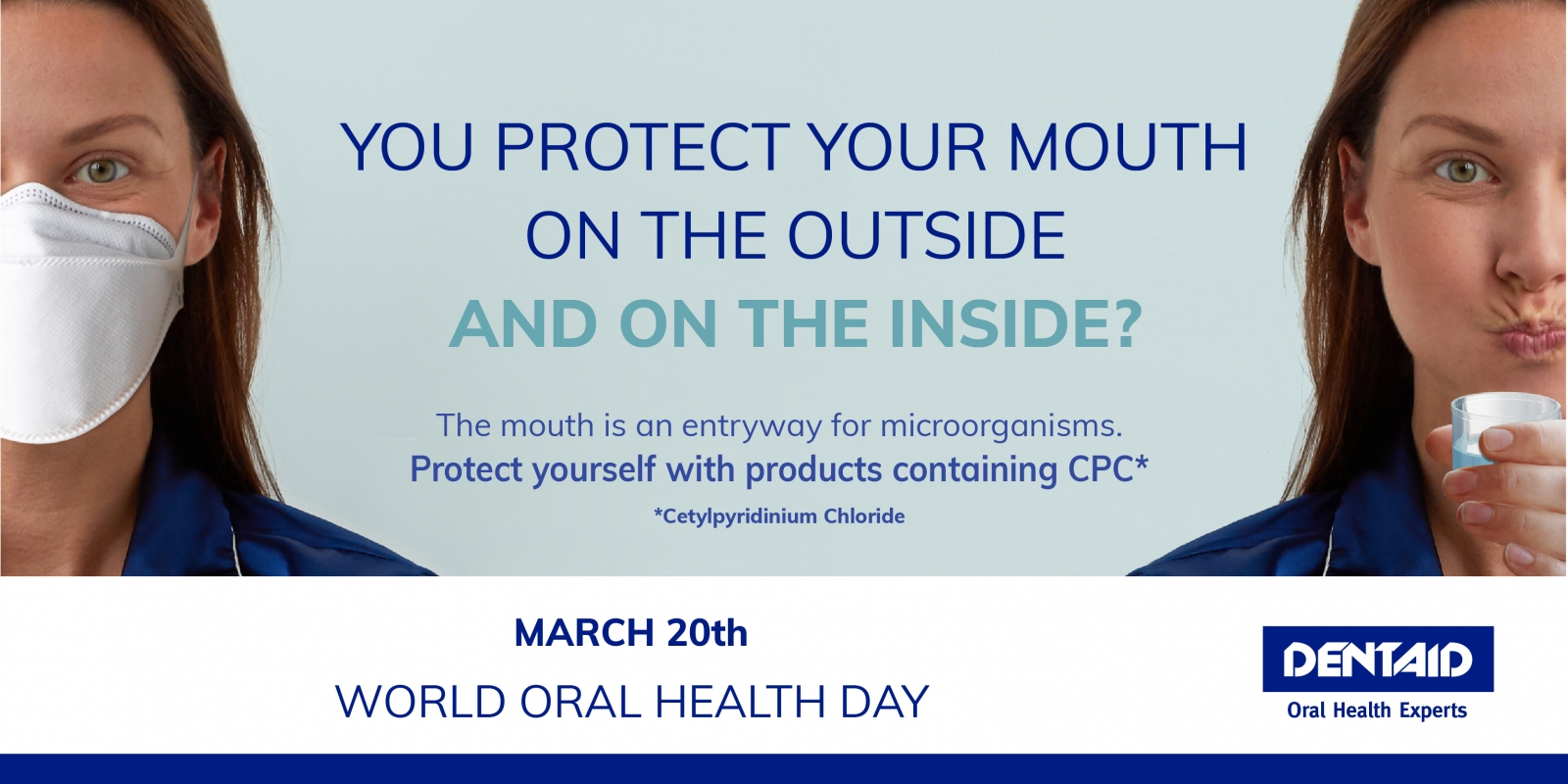DENTAID EXPERTISE
News for dentistry professionals
Dental Implant Maintenance

Dental implants are possibly the best solution for replacing lost teeth. In the absence of one’s own teeth, inserting new dental roots (implants) in the maxilla is the most natural, reliable, comfortable and aesthetic way to once again benefit from a fixed dentition, which in many cases seem virtually real.
Implantology is considered to be a major breakthrough in modern dentistry. Great efforts have been made in scientific research and industrial development to achieve excellent results in the reliability of implant osseointegration (almost 99%), great aesthetic results through different mucogingival and regenerative techniques, a very good postoperative period with less invasive techniques and shorter terms (until achieving immediate loading in many cases).
One of the biggest challenges we face today is getting implants to remain in the mouth for long periods of time. In order to assess the results on the long term, we needed a minimum number of years to go by, which has already happened, since implantology has formed part of our routine for more than 20 years.
Problems with implants
The most common problems implants can have once integrated are:
Bone disintegration: this means that the osseointegration achieved was not good enough for the occlusal force received or that this force is too powerful for implant resistance and for its anchoring bone. The implant acquires mobility, loses function, causes slight discomfort and needs to be removed.
Implant fracture: this happens when the occusal force is too large for the size of the implant.
Peri-implantitis: bone loss around the implant due to a build up of bacterial plaque (oral biofilm), causing an inflammatory response and a process similar to that of periodontitis By far, the most common problem is peri-implantitis: if it is not stopped, it will cause loss of the implant.
The frequency of peri-implantitis has increased noticeably since implants have had a rough surface, particularly around their necks. This rough surface makes osseointegration of the implant greater and faster, but unfortunately retains more oral biofilm, whose presence causes mucositis, possibly leading to peri-implantitis. Mucositis involves inflammation of the mucosa due to oral biofilm build-up. It causes discomfort during brushing and can lead to bone loss around the implant.
Maintenance programme
Once implant-prosthetic treatment is complete, we should offer patients a maintenance and monitoring programme to lengthen treatment duration. This maintenance programme has two main parts:
1. Regular check-ups (every 6 months or even quarterly) with your hygienist for removing dental plaque build-up, prosthetic surface polishing and examination of the tissues surrounding implants and prostheses.
Dental plaque removal should be performed by the hygienist with:
- Plastic or titanium curettes: these do not harm the implant surface, they can be sharpened and they are strong enough to remove most calculus. Regular steel curettes and ultrasonic instruments with metal tips may damage implant surfaces. Normally, regular curettes are not used because they are too hard for implants.
- Oral irrigators: their pressurised stream of water cleans subgingivally.
- Dental floss and tape.
- Interproximal brushes: straight and angular, with short or long handles, to easily reach the backmost portions of the oral cavity.
2. Proper daily oral hygiene at home. This last point is possibly not given enough importance by dentists, and patients with implants are not taught how to carry out efficient oral home care. Implants and their prostheses are anatomically different than natural teeth.
There are three major groups:
- Removable implant-supported prostheses
- Complete maxillary hybrid fixed prostheses
- Fixed prosthesis in between natural teeth
On too many occasions, prosthetic design, as a consequence of maxillary bone mass loss, leaning of neighbouring teeth or an imbalance between the size of the implant and the crown (in molars), make it very difficult to access the implant-crown-gum area to remove oral biofilm.
At home, patients may use:
Specialised toothbrushes designed to disrupt dental plaque on implants with the utmost precision in order to access the peri-implant sulcus. Depending on the area of the implant that needs to be accessed, we find different types of brushes Brushes with an angled handle neck, increasing accessibility to the implant, providing more efficient hygiene in areas that are normally hard to clean, such as the palatine side or lingual side of the anterior and posterior sections of the dental arches; this angulation also favours access to the vestibular side of implants, anatomically adapting itself to the shape of the user’s face.
Sulcular brushes, with a linear, narrow brush head and soft filaments arranged in two rows facilitate cleaning the gum line and/or peri-implant sulcus.
Monotuft brushes with a small brush head, make it easier to clean implant-supported prostheses: attachments, bars, overdentures, etc. Brushes with small heads and extra-soft filaments make daily hygiene in patients with mucogingival problems more comfortable and efficient. It is important to understand that implants need keratinized gingiva, since this seals off the bone and protects against oral biofilm filtration. When mucosal inflammation is present, in many cases it may be necessary to perform gingival grafts in order to gain keratinized gum around the implant.
Oral irrigation: includes direct application of pulsating stream of water or other solution (chlorhexidine, cetylpyridinium chloride) with a special tip for cleaning implants, enhancing the removal of oral biofilm that accumulates under fixed prostheses (bridges, crowns), around implants, where biofilm easily adheres.
Dental floss and tape: When bridges or full-arch prostheses are present, a dental threader is needed due to its semi-rigid tip that can help guide the floss or tape through spaces between prostheses and gums.
Interproximal brushes, adapting to different spaces between teeth/implants: Dentist or hygienists will recommend the brush depending on the size (diameter), the shape of the handle and the type of brush head (cylindrical or conical). The thickest brushes access implant-supported prostheses and overdentures without bending. The narrowest are useful for implants that are in between natural teeth.
Mouthwashes with chlorhexidine at different concentrations: this indication varies from patient to patient depending on their sensitivity and habits. If treatment is temporary, high doses may be used (0.12% chorhexidine digluconate + 0.05% cetylpyridinium chloride), or as a compliment in low doses (0.05% chorhexidine digluconate + 0.05% cetylpyridinium chloride). Also, daily use formulations may be recommended with 0.05% cetylpyridinium chloride as part of their composition because this has been proven to have an anti-plaque effect. Antispetics can inhibit the growth of oral biofilm on teeth and implants, ensuring healthy plaque levels.
Correct professional and home maintenance is essential for long-term positive implant treatment outcomes.
Patients need to understand that microorganisms are constantly entering their mouths, and that they need to be removed daily, because if they are allowed to accumulate, they will cause damage, inflaming gums and destroying the bone that supports implants. If patients are correctly instructed and use the right, specific tools, they can carry out proper daily oral hygiene and be able to remove most oral biofilm build-up. If a regular professional check-up is added to this, there is a very good chance implants will last a long time.
RELATED ARTICLES

14 Dec 2021
A recent study shows the efficacy of mouthwashes containing CPC in patients with COVID-19
Investigators from the Aragonese Health Service and the Health Research Institute of Aragon conducted a clinical trial in Primary Care with the aim of…

18 Nov 2021
Laboratory studies prove that CPC in mouthwashes is effective against different variants of SARS-CoV-2 thanks to its mechanism of action
INTRODUCTION The oral cavity is a route of entry, infection and transmission of microorganisms, including the SARS-CoV-2 coronavirus. Several…

16 Mar 2021
World Oral Health Day: What role does the oral cavity play during SARS-CoV-2 infection?
At DENTAID, we want to highlight the important role that oral health plays. Coinciding with World Oral Health Day, we have launched an awareness…
Sign up for the DENTAID Expertise newsletter
Sign up for the newsletter